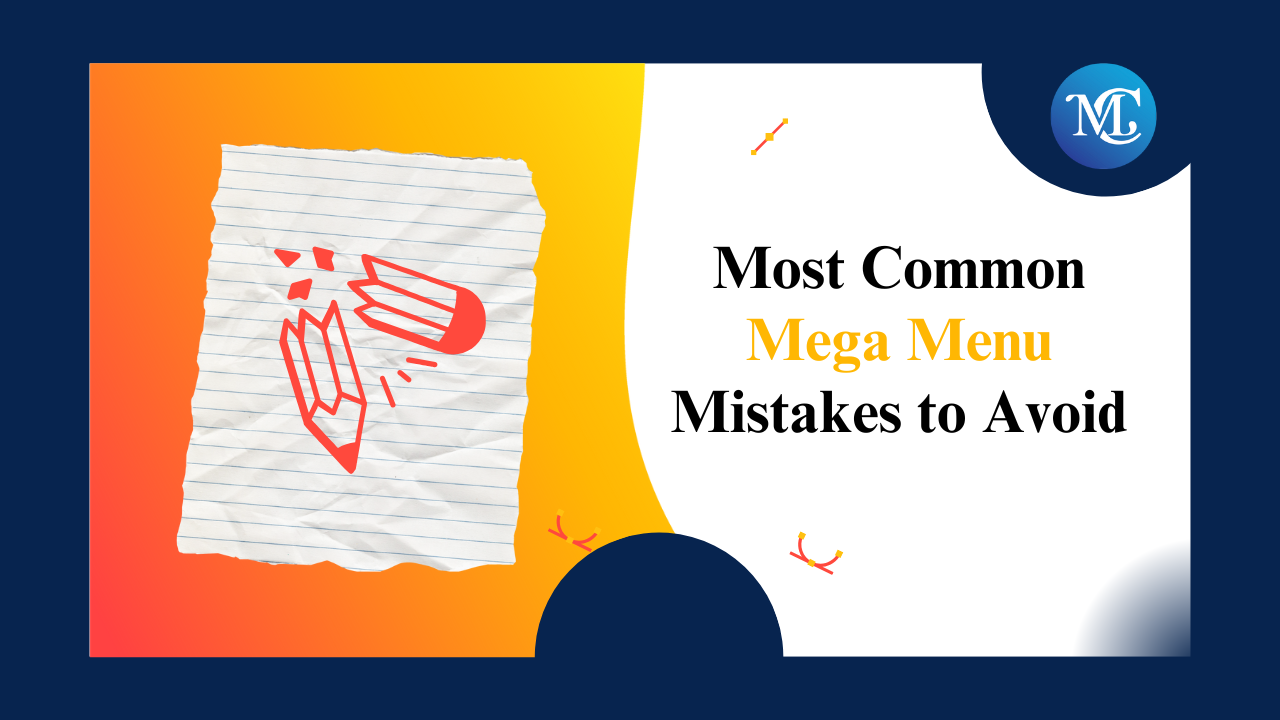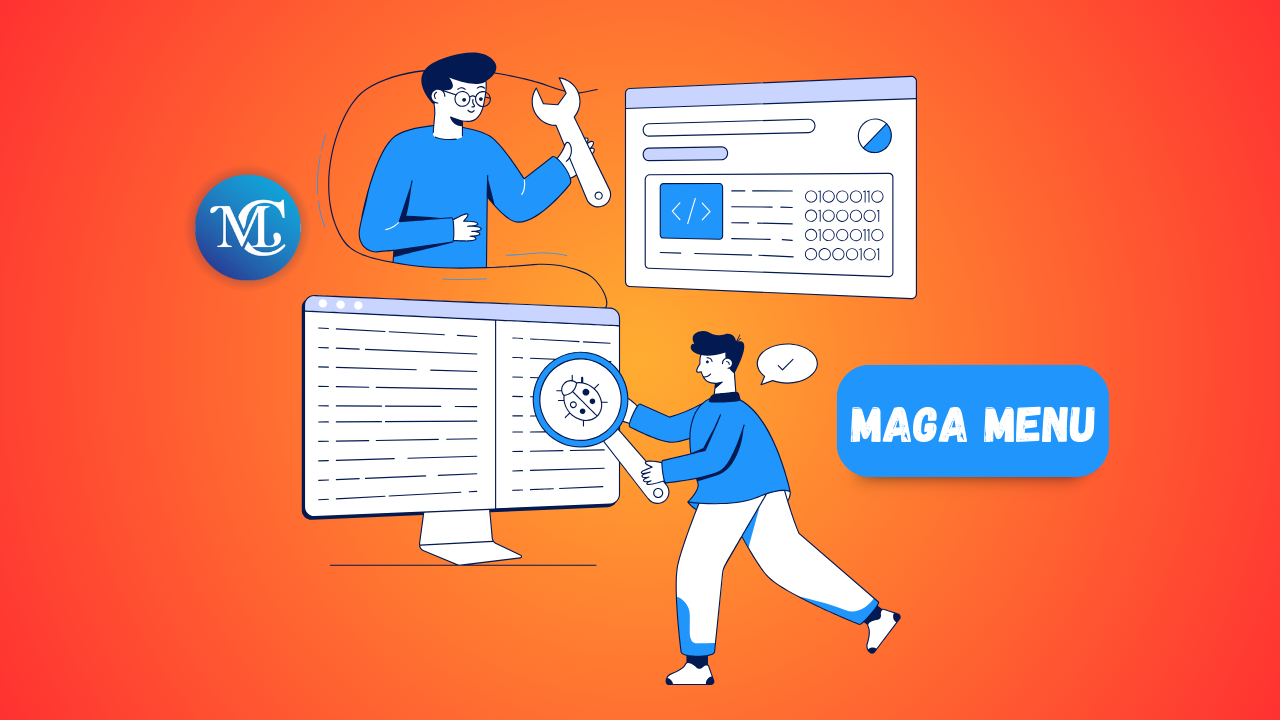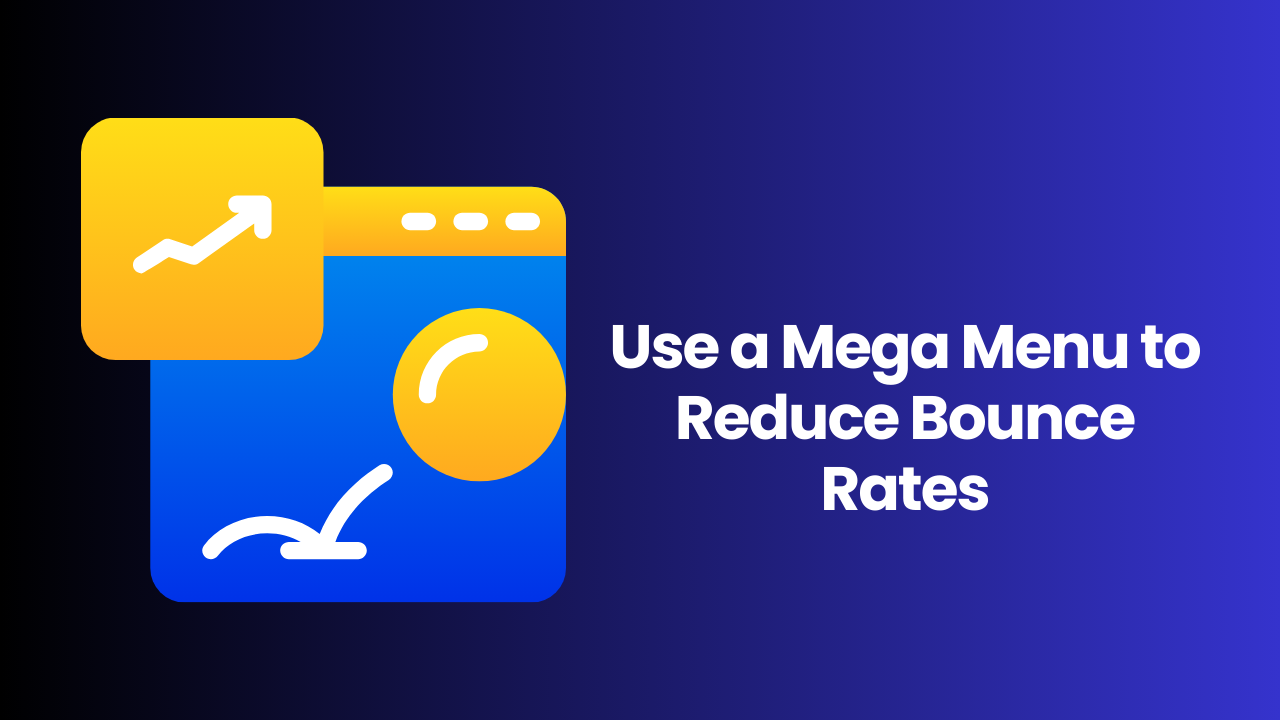Mega Menu Mistakes to Avoid: Common Design Flaws

When you design a mega menu, you are making many mistakes that you should avoid. Are you ready to learn about mega menu mistakes to avoid?
Download Elementor Mega Menu Templates
Mega menus can significantly improve navigation for websites with lots of content. However, a poorly designed mega menu can overwhelm users and hurt your site’s usability.
This post will discuss the most common mega menu mistakes and how to avoid them to keep your visitors engaged.
Overcrowding the Menu with Too Many Options
The Mistake:
Cramming your mega menu with excessive links, categories, or products makes it cluttered and hard to navigate. Users might feel overwhelmed and struggle to find what they need.
How to Avoid It:
- Organize menu items into clear categories.
- Use subcategories sparingly to avoid information overload.
- Prioritize the most popular pages or products and remove unnecessary links.
Example: Instead of listing 15 clothing categories, group them into Men’s, Women’s, and Accessories sections for clarity.
Poor Mobile Optimization
The Mistake:
Designing mega menus only with desktop users in mind can create frustrating experiences on mobile devices. Menus might become difficult to tap or scroll through on smaller screens.
How to Avoid It:
- Use responsive design to ensure menus adapt smoothly across all screen sizes.
- Simplify the mega menu for mobile by using collapsible submenus or a hamburger icon.
- Test your menu on multiple devices to ensure usability.
Inconsistent Visuals and Icons
The Mistake:
Using mismatched icons, fonts, or image sizes makes the menu look unprofessional and disorganized.
How to Avoid It:
- Stick to a consistent icon style across all categories (same size, theme, and color).
- Ensure images are properly aligned and optimized.
- Use your brand’s color palette and typography to create uniformity.
Slow Loading Time Due to Large Images
The Mistake:
Heavy, unoptimized images in a mega menu can slow down page speed, negatively affecting SEO and user experience.
How to Avoid It:
- Use optimized formats like WebP or compressed PNGs.
- Implement lazy loading so images only load when the menu is opened.
- Keep image dimensions small and avoid high-resolution images unless necessary.
Too Many Navigation Levels
The Mistake:
Overly complex menus with too many nested levels confuse users, making it hard to navigate quickly.
How to Avoid It:
- Stick to two or three levels at most.
- If you have many categories, consider adding filters or a search bar to help users find what they need.
- Group similar pages into a single section rather than scattering them across multiple levels.
Lack of Visual Hierarchy
The Mistake:
Menus without proper visual cues make it hard for users to differentiate between primary and secondary items.
How to Avoid It:
- Use larger fonts or bold text for important categories.
- Apply background highlights to distinguish sections.
- Use white space strategically to avoid crowding.
No Feedback on Hover or Click
The Mistake:
Menus that don’t provide visual feedback leave users uncertain whether their actions were registered.
How to Avoid It:
- Add hover effects to highlight links when a user points to them.
- Use subtle color changes to indicate which section is active.
- On mobile, ensure there’s tap feedback to confirm user actions.
Ignoring Accessibility Standards
The Mistake:
Menus that rely solely on visuals or hover effects may be unusable for visitors with disabilities.
How to Avoid It:
- Provide alt text for all icons and images.
- Ensure the menu is keyboard accessible so users can navigate without a mouse.
- Use ARIA roles and labels to improve screen reader compatibility.
Not Testing the Menu with Real Users
The Mistake:
Relying on internal feedback during development often results in usability issues that only real users can identify.
How to Avoid It:
- Conduct usability testing with real users to gather feedback.
- Use tools like Hotjar or Google Analytics to monitor how users interact with your menu.
- Make iterative improvements based on feedback and data insights.
Overusing Animations and Effects
The Mistake:
Too many flashy animations slow down the user experience and distract from the content.
How to Avoid It:
- Use subtle animations like soft fade-ins or smooth transitions.
- Ensure that animations don’t delay navigation, especially on mobile.
- Test how animations affect page performance and remove unnecessary effects.
Conclusion
A well-designed mega menu enhances your website’s usability and keeps users engaged. Avoid common mistakes like overcrowding, slow load times, and poor mobile optimization. Focus on simplicity, consistency, and accessibility to create a menu that improves navigation and encourages visitors to explore your site further.




